July 18, 2025 — Nail fungus, known as onychomycosis, is a common infection. It causes thick, brittle, yellow nails. Many people ask: does ultraviolet (UV) light kill this fungus? Recent studies show UV light can reduce fungal growth—but it is not a magic cure.
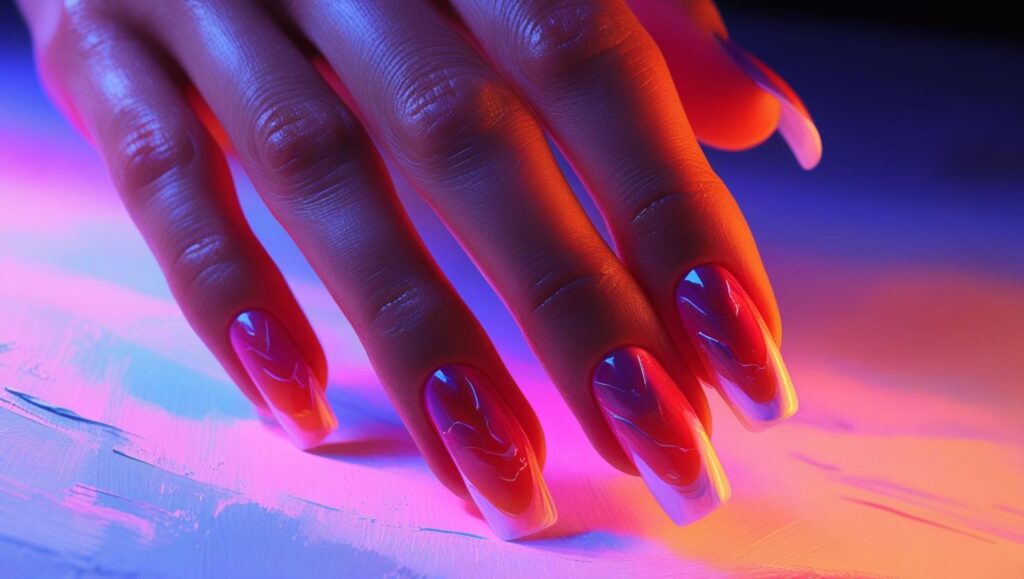
What is Nail Fungus?
Nail fungus is caused by tiny organisms. Often, they belong to the Trichophyton family, especially T. rubrum and T. mentagrophytes maidenheadpodiatry.co.uk+7PMC+7Wikipedia+7.
The infection usually appears in toenails. Warm, moist places—like inside shoes—help it grow Derm Affiliates.
This infection can cause:
- Nail thickening
- Discoloration (yellow, white, or brown)
- Crumbling or brittleness
- Discomfort or pain if left untreated AAFP+1Derm Affiliates+1nailshub.net
It affects about 10% of adults. People over 60, diabetics, and those with weak immunity are more at risk Urban Body Laser, Vancouver, BC+8Wikipedia+8nailshub.net+8.
How Is Nail Fungus Treated?
Traditional treatments include:
- Oral antifungals like terbinafine and itraconazole. These are effective but need months of use and blood tests to check for side effects AAFP+2American Academy of Dermatology+2PMC+2.
- Topical antifungals (creams or nail lacquers). These work better for mild cases but often can’t reach deep under thick nails Derm Affiliates.
- Laser or light therapies, which offer new ways to kill fungus using heat or light. These are still under study AAFP+15PMC+15Coohom+15.
Treatment often takes 6–12 weeks for fungus to stop growing. But the nail may take 6–12 months to fully grow out American Academy of Dermatology.
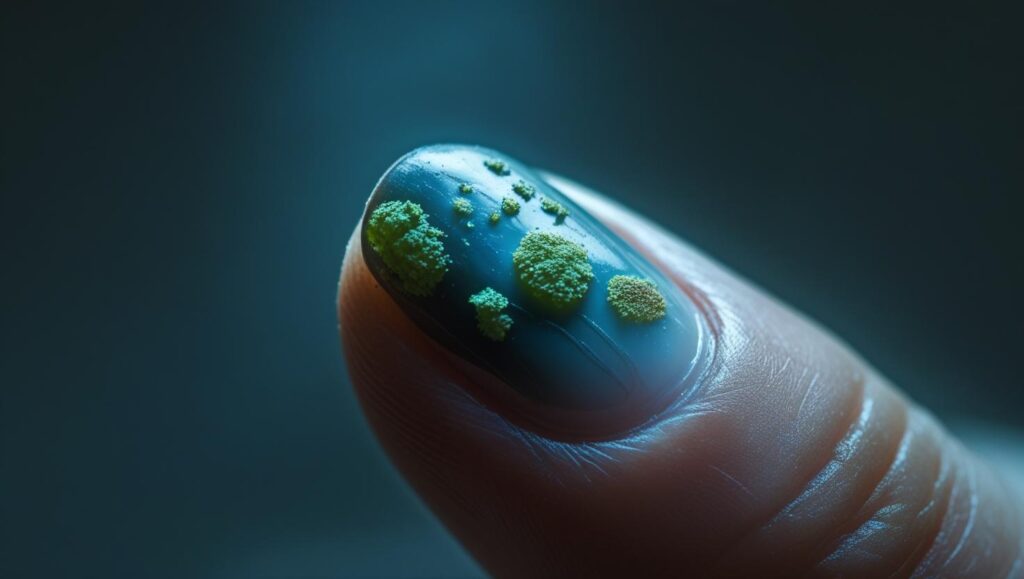
UV Light: How Does It Work?
UV light can harm living cells. It affects their DNA, stopping them from growing.
There are three kinds:
- UV-A (315–400 nm) – Longest wavelength; penetrates more.
- UV-B (280–315 nm) – Medium wavelength; causes sunburn.
- UV-C (100–280 nm) – Shortest, strongest, and most germ-killing—but does not naturally reach Earth nailshub.netSpringerLink+2PMC+2Reddit+2.
In labs, all three types show some ability to reduce fungus growth . But the level and speed depend on the fungus strain and the dose.
Lab Proof: UV Light Reduces Fungal Growth
A key lab study exposed T. rubrum and T. mentagrophytes to UV-A, UV-B, and UV-C. Findings:
- UV-B and UV-C reduced fungal counts at higher doses.
- UV-A had mild effect only at high doses.
- The response varied by fungus strain Wikipedia+2PMC+2SpringerLink+2Wikipedia.
Another study looked at UV-C on fungal spores. It found strong disinfection, but required very high doses—often tens to hundreds of J/cm² .
Another study tested fungicidal UVA–UVC on nail-shaped samples. They found that UVC at 280 nm worked rapidly, but nail material did not let this light through. That means it kills fungus on surfaces, but probably cannot reach fungus under the nail SpringerLink+1maidenheadpodiatry.co.uk+1.
Conclusion: Lab results show UV-B and UV-C can kill nail fungus. But in real nails, light may not reach the fungus beneath the plate.
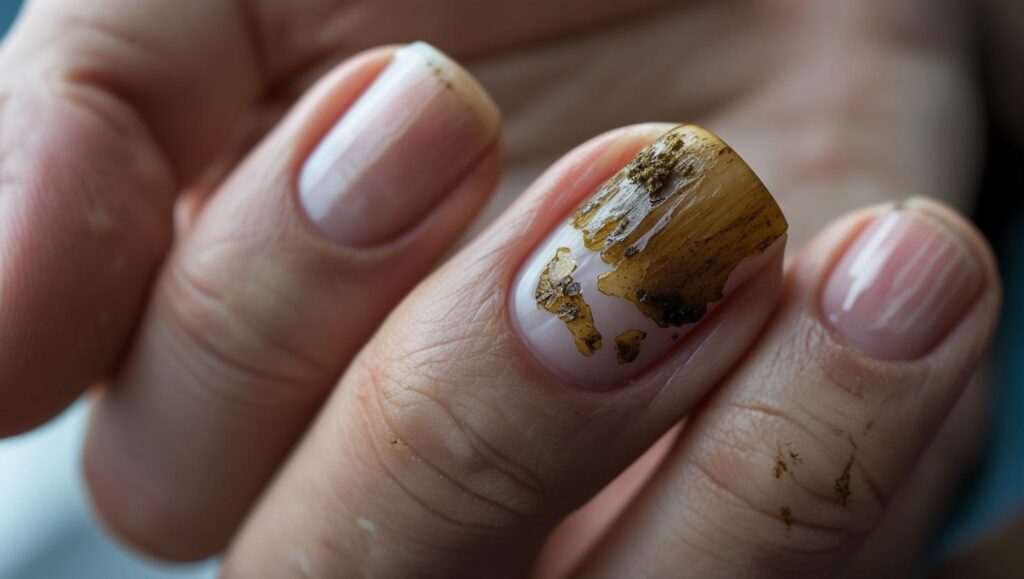
Clinical Trials and Real-World Use
Clinical trials using lasers or types of phototherapy show mixed results:
- Laser treatments, like long-pulsed Nd:YAG, showed some improvement in nail appearance—but not full cures, and recurrence is common JAMA Network+5PMC+5SpringerLink+5.
- Photodynamic therapy (using light plus special chemicals) showed promise in small studies PMC+2Wikipedia+2nailshub.net+2.
- UV treatments in clinics are not yet approved as standard. They are still being studied and are not widely offered .
Can You Use UV Light at Home?
Many home devices claim to treat nail fungus with UV. Some:
- Use UV-C wands inside shoes (to kill fungus there) The Spruce.
- Use LED UV or LED blue light for nails .
These might help reduce fungus on surfaces or shoes. But their power is low. They may not treat fungus beneath the nail plate.
Safety Concerns
UV light can damage human cells. Possible side effects include:
- Skin irritation or burns from too much UV-B or UV-A Wikipedia.
- Eye damage (sunburn of the eye, cataracts)—you must wear goggles .
- Long-term risks: too much UV can lead to skin aging and possibly skin cancer .
UV-C is absorbed by outer skin layers and may be somewhat safer, but still can harm tissues if used too much .
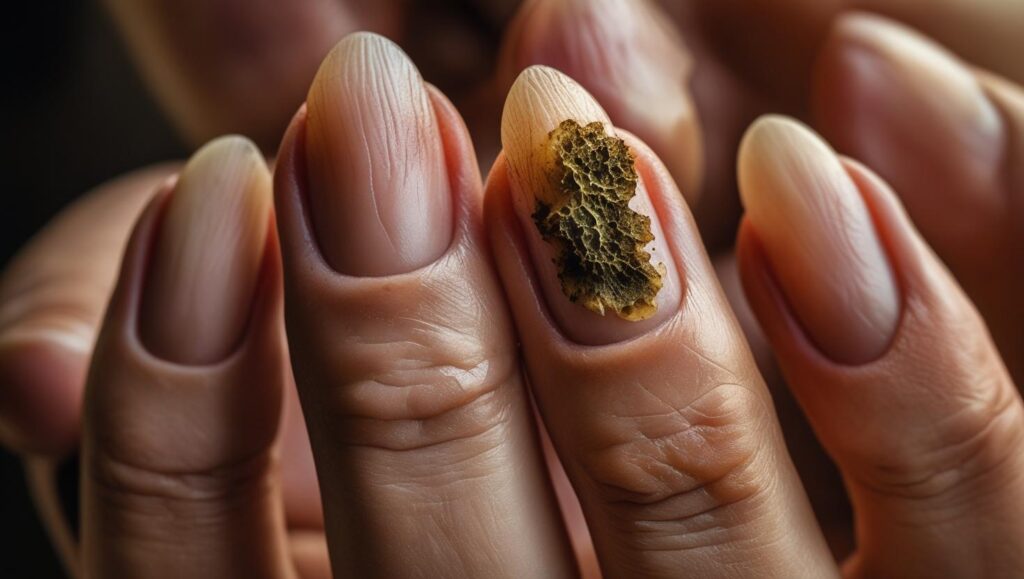
How to Use UV Light Safely (If You Try)
If you choose UV light, follow these steps:
- Consult a doctor and confirm fungal infection first nailshub.net+3AAFP+3PMC+3.
- Choose the right wavelength and power—clinical UV devices are stronger than home gadgets.
- Apply only to affected nails, not surrounding healthy skin.
- Use protective equipment: goggles, gloves, shields.
- Combine with other treatments like topical antifungals or oral meds. UV alone is rarely enough Derm Affiliates+5nailshub.net+5Coohom+5.
Bottom Line
- Lab studies show UV-B and UV-C can kill nail fungus in test tubes.
- Real nails block much of the UV, especially UV-C.
- Clinical results with lasers or phototherapy are mixed.
- Home UV devices might reduce fungus on surfaces, but are unlikely to cure nail infections alone.
- UV can harm skin and eyes if used improperly.
UV light is not a complete cure. It may help when used with prescription treatments. If you try it, do so carefully and under medical advice.
For now, the best treatments remain antifungal drugs. UV is more like an extra helper, not the main treatment.
Summary Table
| UV Type | Lab Effect on Fungus | Penetrates Nail? | Clinical Use |
|---|---|---|---|
| UV-A | Mild effect at high doses | Yes | Safe but weak |
| UV-B | Good effect in lab | Partial | Limited use |
| UV-C | Strong effect in lab | Nail blocks it | Surface only |
Final Advice:
Always see a doctor for persistent nail fungus. Use medication as prescribed. UV light can support but is not a substitute.
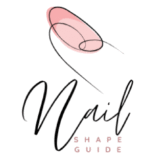
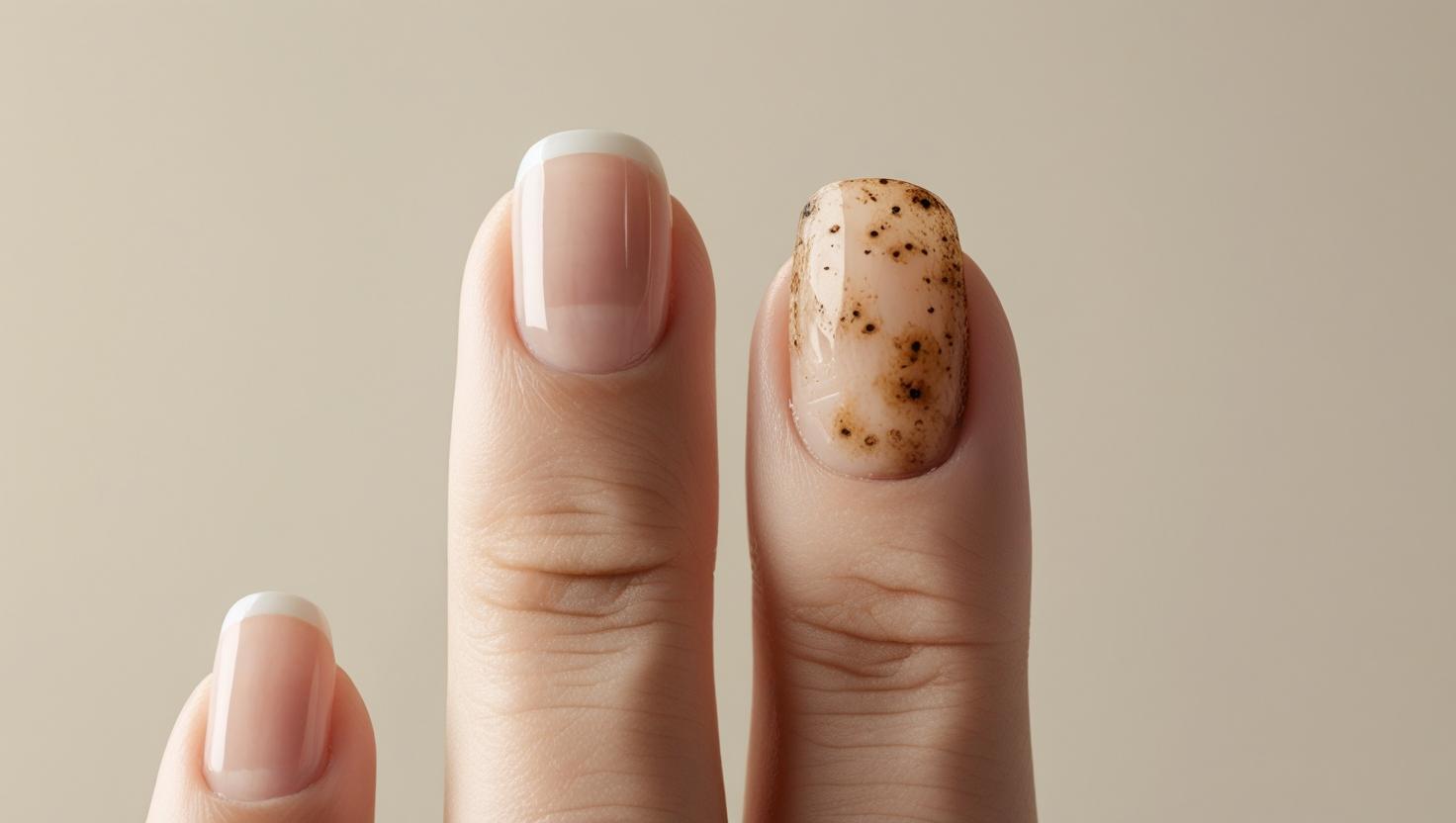
Leave a Reply